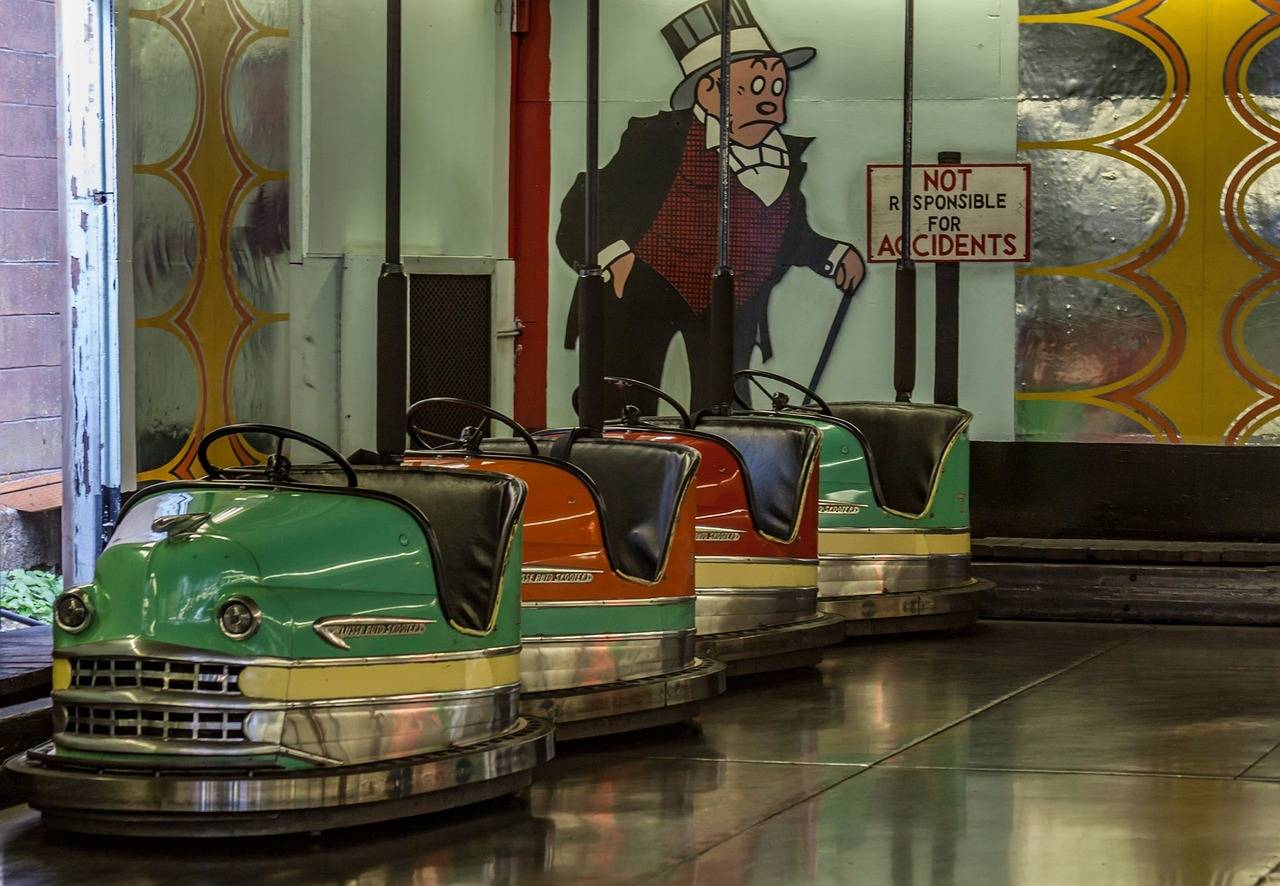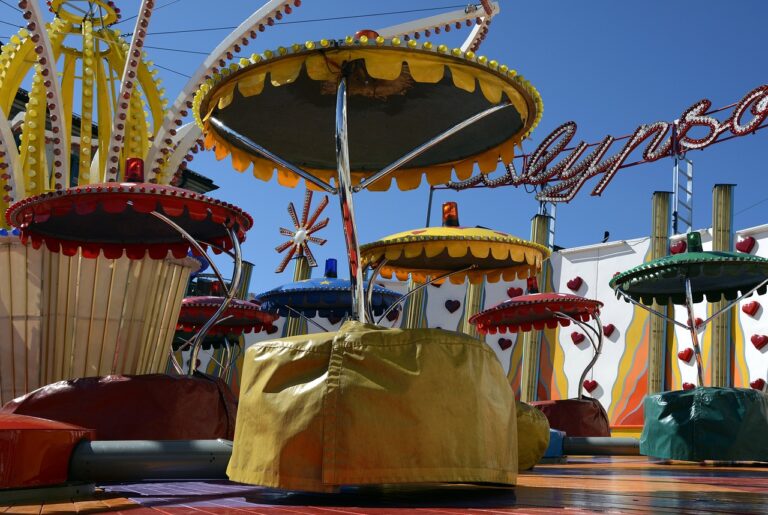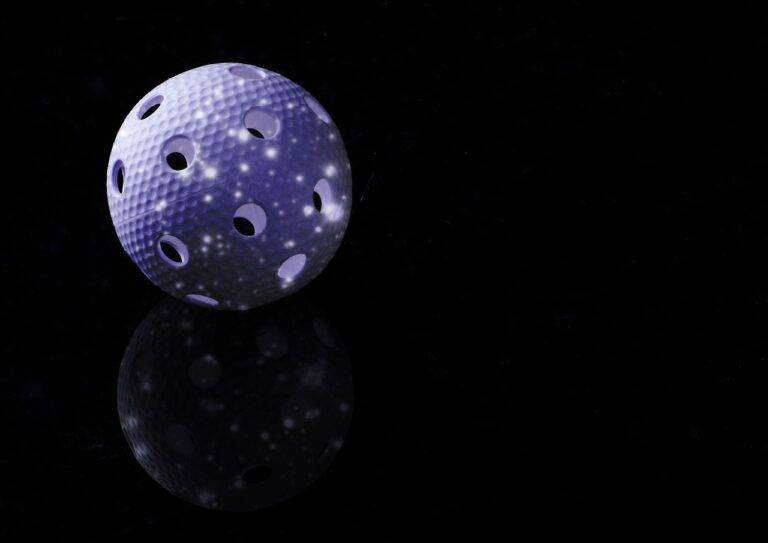The Evolution of CGI in Animation: From Pixar to Illumination
CGI, short for Computer-Generated Imagery, has transformed the landscape of animation over the past few decades. From its humble beginnings in the 1970s to its widespread use in modern entertainment, CGI has revolutionized how animated films and television shows are created. The ability to digitally render images and sequences has opened up endless possibilities for filmmakers and animators, allowing them to bring to life worlds and characters that were once thought impossible to achieve.
As technology continues to evolve, so does the field of CGI animation. With advancements in computer processing power and software capabilities, animators now have access to a wide range of tools and techniques that continue to push the boundaries of what is possible in animation. From stunning visual effects to lifelike character animations, CGI has become an integral part of the entertainment industry, shaping the way audiences experience and interact with animated content.
Early Beginnings of CGI in Animation
Computer-generated imagery (CGI) in animation has come a long way since its inception. The early beginnings of CGI can be traced back to the 1960s, when pioneering computer scientists and animators began experimenting with creating graphics and animations using computers. Although the technology was relatively primitive compared to today’s standards, it laid the foundation for the groundbreaking advancements that were to come.
One of the earliest examples of CGI in animation can be seen in the 1973 film “Westworld,” which used simple computer-generated 2D images to depict a robot’s point of view. This marked a significant shift in the industry, as filmmakers and animators started to recognize the potential of CGI in enhancing visual storytelling. This newfound technology opened doors to limitless creative possibilities, setting the stage for the CGI revolution that would reshape the world of animation forever.
Impact of CGI on Traditional Animation Techniques
The introduction of CGI in animation has undeniably revolutionized the industry, reshaping traditional animation techniques in profound ways. As computer-generated imagery continues to advance and evolve, animators are increasingly incorporating CGI elements into their work, blending the boundaries between digital and hand-drawn animation. This fusion of techniques has led to a new era of creativity and innovation in the animation world, allowing for intricate details and lifelike movements that were previously unattainable through traditional methods alone.
One of the key impacts of CGI on traditional animation techniques lies in the level of precision and realism that can be achieved. CGI allows for a meticulous control over every aspect of the animation process, from character movements to lighting and textures. This level of control enables animators to create visually stunning and immersive worlds that captivate audiences in ways that were once only possible in live-action films. Additionally, the integration of CGI has also streamlined production processes, making it more efficient and cost-effective for studios to produce high-quality animated content.
• CGI has revolutionized the animation industry by reshaping traditional techniques
• Animators are blending CGI elements with hand-drawn animation for a new era of creativity
• The precision and realism achieved through CGI allows for visually stunning worlds
• Control over character movements, lighting, and textures has improved with CGI integration
• Production processes have become more efficient and cost-effective due to CGI advancements
What is CGI?
CGI stands for computer-generated imagery, which is the application of computer graphics to create or contribute to images in art, printed media, video games, films, television programs, commercials, and simulators.
How has CGI evolved in animation over the years?
CGI in animation has evolved from simple 2D graphics to complex 3D models and animations that closely resemble reality. Advancements in technology have allowed for more realistic rendering, lighting, and effects in CGI animation.
What are some early examples of CGI in animation?
Some early examples of CGI in animation include Disney’s “Tron” (1982), which used computer-generated imagery to create its distinct visual style. Another notable example is Pixar’s “Toy Story” (1995), which was the first entirely computer-animated feature film.
How has CGI impacted traditional animation techniques?
CGI has had a significant impact on traditional animation techniques, as it has allowed animators to create more realistic and detailed animations in less time. Many traditional animation studios have incorporated CGI into their workflow to enhance their output.
Will traditional animation techniques become obsolete with the rise of CGI?
While CGI has become an integral part of the animation industry, traditional animation techniques are still valued for their unique artistic qualities. Many animators continue to use traditional methods alongside CGI to create visually stunning animations.





